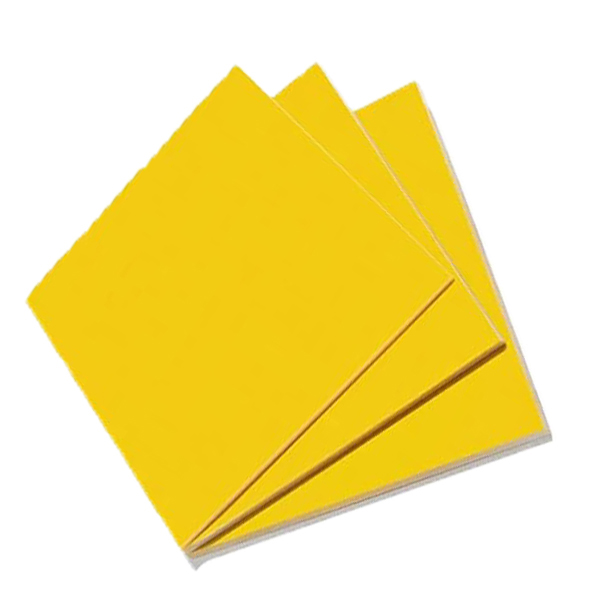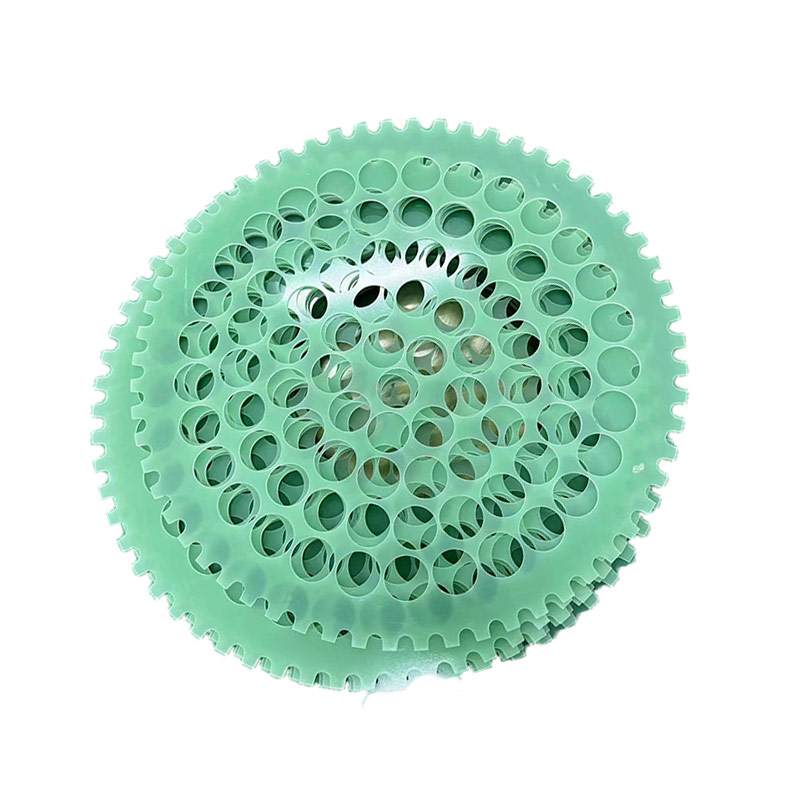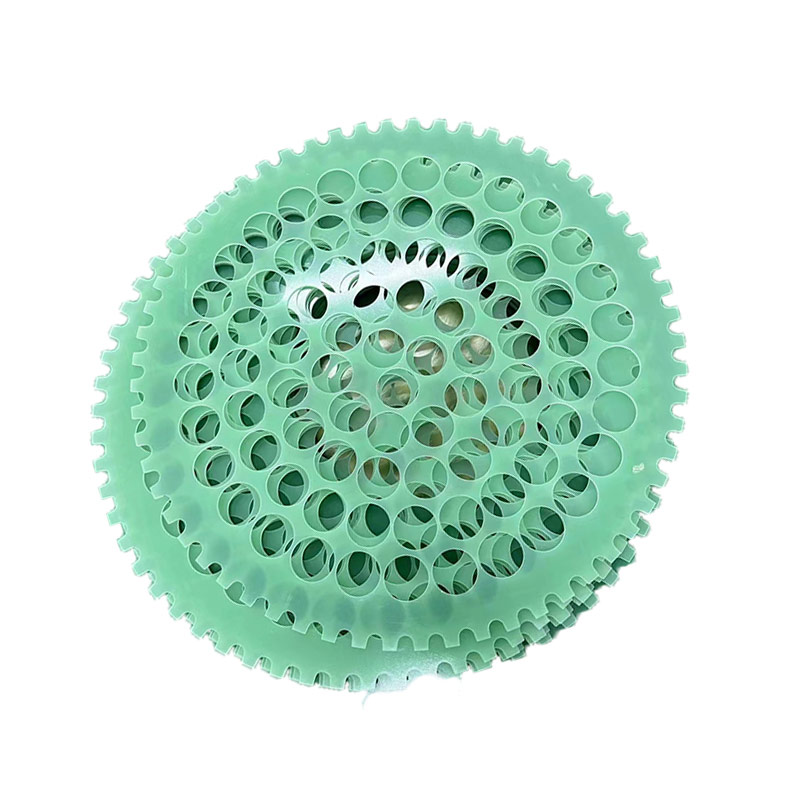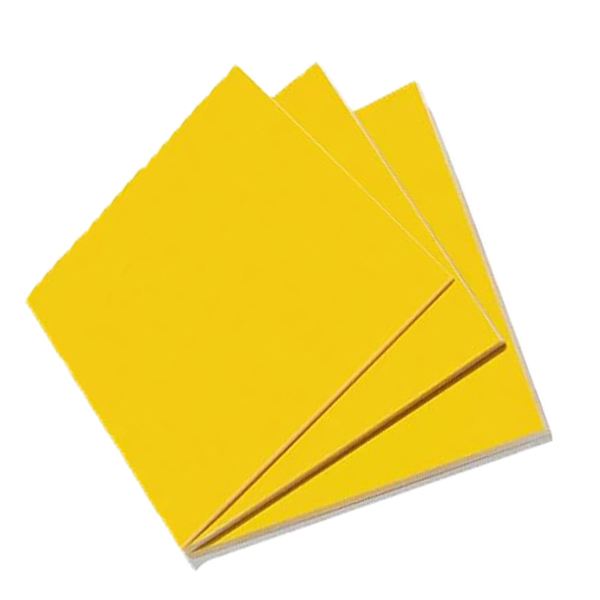Fiberglass Laminate Sheet
Please click the button below to contact us.
Introduction:Fiberglass Laminate Sheet is a composite material with glass fiber as reinforcement and resin as matrix, which is made by hot pressing process.
Product Description
Fiberglass Laminate Sheet is a composite material with glass fiber as reinforcement and resin as matrix, which is made by hot pressing process. Its core value lies in combining the high strength of glass fiber with the formability of resin to form an industrial base material with lightweight, corrosion resistance and excellent insulation, which is widely used in fields with strict requirements on material performance.

Fiberglass Laminate Sheet Parameters:
| Indicator Name | Unit | Indicator Value | |
| Density | g/cm³ | 1.8–2.0 | |
| Water absorption | % | ≤ 0.5 | |
| Vertical layer bending strength | MPa | ≥ 340 | |
| Vertical layer compression strength | MPa | ≥ 350 | |
| Parallel layer impact strength (simple beam method notch) | K J/m² | ≥ 33 | |
| Parallel layer direction impact strength (cantilever beam method) | K J/m² | ≥ 340 | |
| Parallel layer shear strength | MPa | ≥ 30 | |
| Tensile strength | MPa | ≥ 200 | |
| Vertical layer direction electric strength (90 ℃± 2 ℃ in oil) | 1mm | KV/mm | ≥ 14.2 |
| 2mm | ≥ 11.8 | ||
| 3mm | ≥ 10.2 | ||
| Parallel layer direction breakdown voltage (90 ℃± 2 ℃ in oil) | KV | ≥ 350 | |
| Dielectric loss factor (50 Hz) | – | ≤ 0.04 | |
| Insulation resistance | Normality | Ω | ≥ 5.0 × 1010 |
| After immersed in water for 24h | ≥ 5.0 × 1010 | ||
Product Features
1. Glass fiber substrate
Using alkali-free glass fiber or high-strength glass fiber, the single fiber diameter is 5-20 microns, the tensile strength is 6.3-6.9 g/d (standard state), and it still maintains 5.4-5.8 g/d in wet state, ensuring the stability of the mechanical properties of the material in a humid environment.
2. Resin matrix
Optional epoxy resin, phenolic resin or polyester resin, the hardness after curing reaches Shaw D80-90, the temperature range is -50℃ to 150℃, which meets the temperature requirements of different industrial environments.
3. Hot pressing technology
The glass fiber cloth and resin layers are alternately stacked, the interlayer bonding force is ≥20 MPa, and the total thickness range is 0.5-50mm. Different layers and thicknesses can be customized according to customer needs.
4. High strength and lightweight
The density is 1.8-2.1 g/cm³, which is only 1/4 of steel, the bending strength is 300-500 MPa, and the impact toughness is increased by more than 3 times. It is suitable for scenes that are sensitive to weight and require high strength.
5. Dimensional stability
The coefficient of thermal expansion (CTE) is as low as 2.5×10⁻⁶/℃, and the deformation in high temperature environment is <0.1%, ensuring the dimensional accuracy of the material under extreme temperatures.
6. Corrosion resistance
Passed the ASTM B117 salt spray test, and there was no corrosion after immersion in 5% NaCl solution for 1000 hours, which is suitable for corrosive environments such as chemical industry and ocean.
7. Flame retardancy
Complies with UL94 V-0 standard, self-extinguishing time from fire <10 seconds, smoke density ≤75, meeting the fire protection requirements in rail transit, construction and other fields.
8. Insulation
Volume resistivity>1×10¹⁵ Ω·cm, dielectric strength ≥20 kV/mm, suitable for high-voltage electrical cabinets and transformer insulation parts.
Application scenarios
1. Transportation field
New energy vehicle battery box: thickness 3-5mm, impact strength ≥150 kJ/m², meeting the collision safety requirements of battery packs.
High-speed rail body cover: density ≤1.9 g/cm³, specific modulus>40 GPa/(g/cm³), achieving a balance between lightweight body and structural strength.
2. Electronic and electrical field
5G base station antenna cover: dielectric constant stability ±0.1 (25℃-85℃), CTI value>600V, ensuring signal transmission efficiency and insulation performance.
High-voltage switch cabinet insulation board: temperature resistance of 150℃, interlaminar shear strength ≥50 MPa, suitable for long-term operation under high-voltage environment.
3. Building and infrastructure
Bridge reinforcement plate: tensile strength ≥400 MPa, UV aging resistance for 1000 hours without cracking, extending the service life of the bridge.
Cooling tower structural parts: acid and alkali pH range 1-13, temperature limit 150℃, meet the needs of chemical wastewater treatment.
4. Chemical and energy fields
Chemical storage tank lining: thickness 8-12mm, corrosion resistance passed ASTM D1308 test, suitable for strong acid and strong alkali media.
Wind turbine blade main beam: density ≤1.9 g/cm³, fatigue strength ≥10⁶ cycles, suitable for the harsh environment of offshore wind power.
5. Aerospace field
UAV wing skin: thickness 0.8-1.5mm, specific strength >200 kN·m/kg, meet the requirements of lightweight and aerodynamic performance of aircraft.
Satellite structural parts: Passed NASA outgassing test, low volatile organic compound (VOC) release, ensuring stability in the space environment.
Cleaning and maintenance guide
Daily cleaning
Surface stains: Use neutral detergent (pH 6-8) to wipe, avoid chlorine or strong acid solvents.
Oil stain treatment: Wipe with isopropyl alcohol and rinse with clean water to avoid residual solvents corroding the resin.
Glue mark removal: Remove with a plastic scraper after softening with frozen spray to avoid scratching the surface.
Long-term storage
Environmental requirements: Temperature 15-25℃, humidity ≤60%, avoid direct ultraviolet rays.
Packaging method: Vacuum aluminum foil bag packaging, built-in desiccant, stacking height ≤1.5m to prevent deformation.
Repair and renovation
Surface scratches: After polishing with 2000 grit sandpaper, spray polyurethane paint of the same color to restore appearance and weather resistance.
Interlayer debonding: Local heating to 10℃ above the glass transition temperature (Tg) of the resin, inject the same type of resin for curing.





